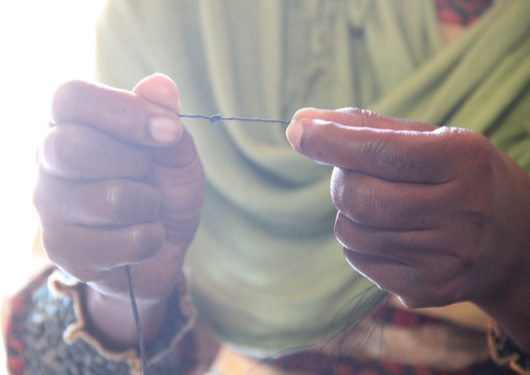
Visit Our Sponsors |
|
|
|
|
|
|
|
|
|
|
|
|
|
|
|
|
|
|
|
|
|
|
|
|
|
|
|
|
|
|
|
|
|
|
|
|
|
|

As labor, raw material and tax costs rise in China — the world’s dominant textiles producer — the Horn of Africa country is scrambling to offer a cheaper alternative, and go up against established low-cost garment makers like Bangladesh and Vietnam.
It is still early days, and most of the clothing companies to source production in Ethiopia are testing the waters with small volumes. But the government is working hard to attract their business with tax breaks, subsidies and cheap loans. The landlocked nation is also about to open the final stretch of a 700 km (450-mile) electric railway to Djibouti’s coast.
This is part of a drive to turn a nation that is among the poorest in Africa into a manufacturing center that is no longer held hostage to fickle weather patterns which periodically devastate the agrarian economy and leave its people hungry.
There has been some progress; foreign investment in the textile industry has risen from 4.5bn birr ($166.5m) in 2013/14 to 36.8 billion in 2016/17, the Ethiopian Investment Commission, a government agency, told Reuters.
RELATED CONTENT
RELATED VIDEOS
Timely, incisive articles delivered directly to your inbox.






